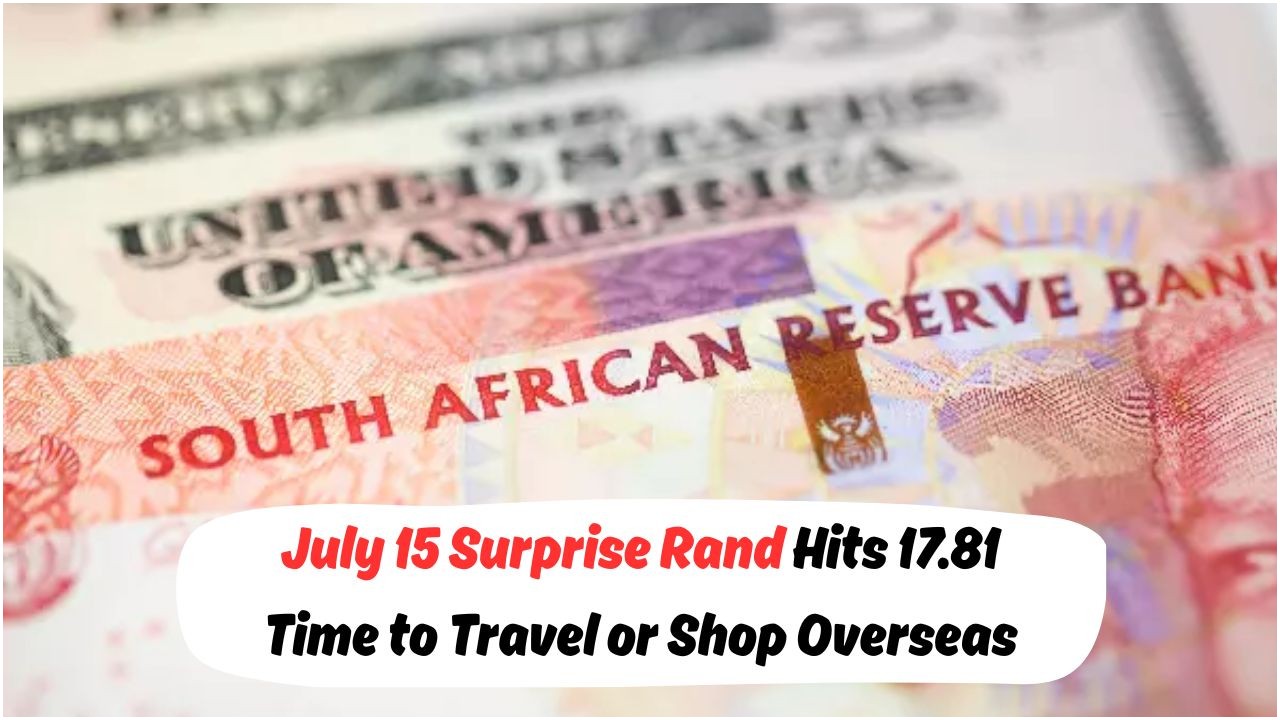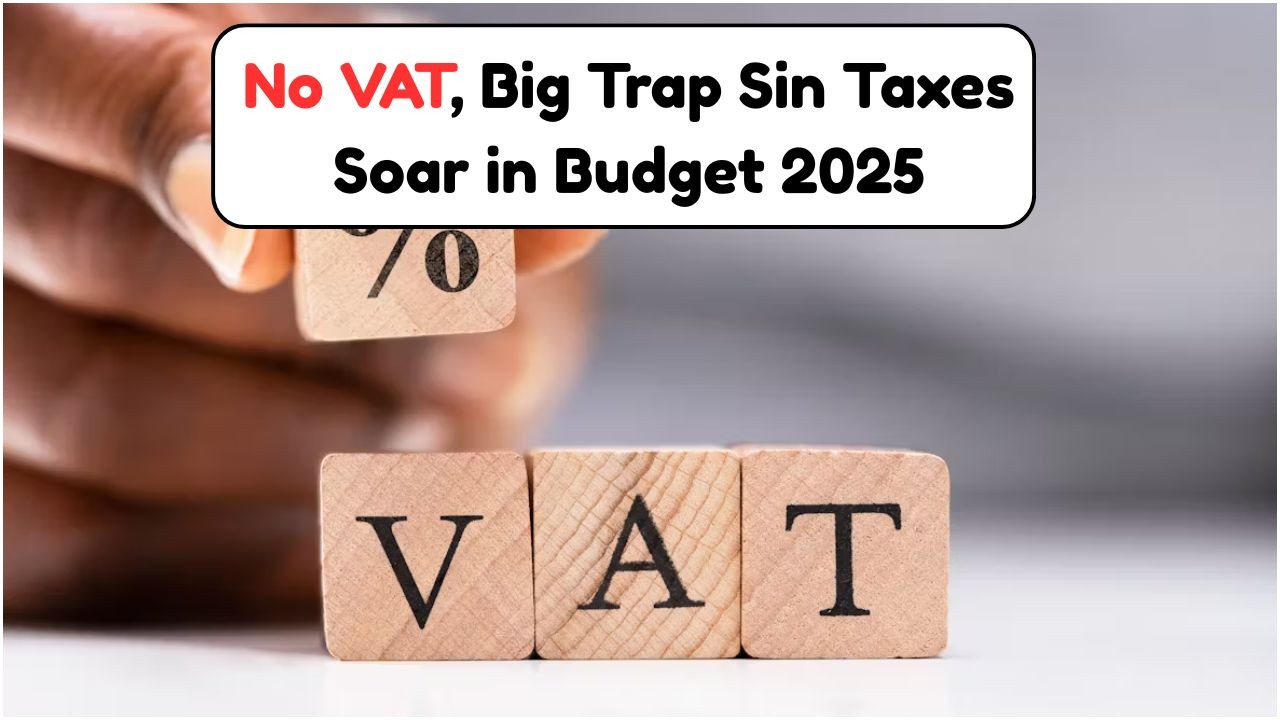Rand Strengthens Against Dollar: July 15 marked a significant day for South Africa’s currency, the Rand, as it surged to an exchange rate of 17.81 against the US Dollar. This increase in the Rand’s strength has sparked conversations across the nation about its potential impacts on the South African economy and consumer prices. As the Rand gains ground, many South Africans are hopeful that this might translate into lower costs for imported goods, which could ease the financial burden on households. However, this optimism is tempered by the complexities of global trade and local economic conditions that could influence price changes.
Rand’s Recent Performance and Economic Implications
The strengthening of the Rand is a development that brings both opportunities and challenges. A stronger Rand can reduce the cost of imports, making foreign goods more affordable for South African consumers. This can potentially lead to a decrease in inflation rates, as cheaper imports put downward pressure on domestic prices. On the flip side, a strong Rand can negatively impact the export sector by making South African goods more expensive on the international market, which could hurt local manufacturers and exporters. Balancing these outcomes is crucial for economic stability.
- Reduced import costs
- Potential decrease in inflation
- Challenges for export competitiveness
- Impact on domestic manufacturing
Factors Influencing the Rand’s Value
Several factors contribute to fluctuations in the Rand’s value. Global economic conditions, such as changes in commodity prices and interest rates, play a significant role. South Africa’s political climate and fiscal policies also influence investor confidence, which can drive currency strength or weakness. Additionally, international demand for South African goods and services affects the Rand’s performance. Understanding these variables is essential for predicting future trends in the currency market.
| Factor | Impact | Example |
|---|---|---|
| Commodity Prices | Increase in value | Gold and platinum demand |
| Interest Rates | Fluctuating value | US Federal Reserve policies |
| Political Stability | Investor confidence | Election outcomes |
| Fiscal Policies | Economic growth | Taxation changes |
| International Demand | Export revenues | Auto industry exports |
Consumer Expectations in South Africa
South African consumers are keenly observing how the strengthening Rand could influence their daily expenses. Lower import prices could lead to reduced costs for essential goods like fuel, electronics, and food products, offering some financial relief. However, these changes may take time to filter through to retail prices, as businesses adjust to fluctuating costs. Consumers should remain informed and manage expectations regarding immediate price reductions.
- Potential for lower fuel prices
- Cheaper electronics and gadgets
- Affordability of imported food items
- Time lag in retail price adjustments
Table: Potential Consumer Benefits
| Product | Current Price | Projected Price |
|---|---|---|
| Fuel (per litre) | R18.50 | R17.80 |
| Smartphones | R10,000 | R9,200 |
| Imported Groceries | R500 | R470 |
Experts Weigh in on Currency Fluctuations
Financial experts in South Africa offer a range of insights on the recent surge of the Rand. While some economists view this as a positive sign of economic recovery, others caution against overoptimism, pointing out that currency markets are inherently volatile. They recommend that businesses and consumers adopt a strategic approach to manage potential risks associated with sudden changes in the Rand’s value. Proactive measures could include diversifying investments and hedging against currency fluctuations.
- Consider currency hedging
- Diversify investment portfolios
- Monitor global economic indicators
- Stay informed on government policies
Table: Expert Strategies for Currency Management
| Strategy | Purpose | Implementation |
|---|---|---|
| Hedging | Risk mitigation | Currency futures |
| Diversification | Stability | Multi-asset portfolios |
| Monitoring | Trend analysis | Economic reports |
Global Context of the Rand’s Performance
It’s important to view the Rand’s performance within the broader global economic context. International trade tensions, geopolitical events, and economic policies in major economies like the United States and China can have ripple effects on South Africa’s currency. As a small, open economy, South Africa is particularly sensitive to global market dynamics, which can swiftly alter the Rand’s trajectory. Staying informed about these global influences is crucial for businesses and policymakers alike.
- Trade agreements
- Geopolitical stability
- Major economy policies
- International market trends
FAQs on the Rand’s Surge
What caused the Rand’s surge on July 15?
Global economic conditions, including commodity prices and investor sentiment, played a role in the Rand’s appreciation.
Will the stronger Rand lead to lower consumer prices immediately?
While a stronger Rand can reduce import costs, it may take time for these changes to reflect in retail prices.
How does a strong Rand affect South African exporters?
A strong Rand can make South African exports more expensive, potentially reducing demand in international markets.
What measures can consumers take to benefit from the Rand’s performance?
Consumers can look for deals on imported goods and consider financial strategies to manage currency fluctuations.
Are there risks associated with a suddenly stronger Rand?
Yes, currency volatility can pose risks to businesses and investors, highlighting the importance of strategic financial planning.







